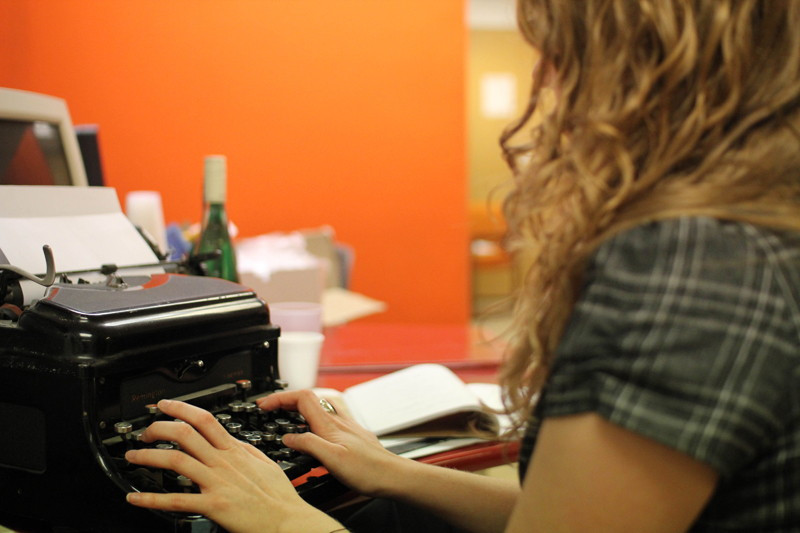How to write a novel in one month
NaNoToBans shirk traditional author image in favour of getting it done
Quantity over quality. That’s the name of the game when trying to write a 175-page novel in just 30 days.
And it’s going to be the guiding philosophy of hundreds of thousands of ambitious authors around the world as they attempt to do just that. November is National Novel Writing Month, known as NaNoWriMo to those involved, an international annual event that started in 1999 in San Francisco.
“The point of NaNo is ‘no plot, no problem,’ and it’s the word count that matters,” said Laurie Smith, a local freelance commercial artist, writer, and Manitoba NaNo competitor (or NaNoToBan). “The end goal is to have those 50,000 words and not to have edited it.”
Smith, in her third year participating in the 30-day writing frenzy, won the event in both of her previous attempts – last year and in 2007. A win means to write 50,000 words between Nov. 1 and Nov. 30.
Even without editing, time management is key to a successful NaNo experience.
“You have to hit 1,667 words per day in order to hit that 50,000 word target by the end of the month,” Smith said.
She plans to give herself two hours every day to reach this goal, though where the two hours will fit into the day remains undetermined.
“The rest of the year I tend to write as the inspiration strikes me.”
The time limit isn’t necessarily intended as a means to create stress and scare away the weak. Betty Punkert, co-municipal liaison for NaNoWriMo in Manitoba, said in an email that the arbitrary deadline is primarily intended to eliminate indecision and procrastination.
“ When asked, we will be the first ones to say that our job is not to make anyone a better writer, it is to get them into a chair and writing.
Betty Punkert, co-municipal liaison, NaNoWriMo
“The human mind works better to a deadline, even if it is self-imposed,” she said.
Smith agrees.
“I think it really brings about a creative transformation in a lot of people,” she said. “I would encourage writers to try NaNo just to see what the discipline does to them. I think they’ll be surprised at what they’re capable of.”
“Anyone who can tell a story can write, so really, anyone can participate,” added Punkert.
“I think that NaNoWriMo is a subculture that flies in the face of traditional wisdom about who should write, why they should write, and what constitutes good writing. When asked, we will be the first ones to say that our job is not to make anyone a better writer, it is to get them into a chair and writing.”
One way of doing this is via write-ins, brainstorming and support sessions held throughout November, usually at the Millennium Library.
“There is a strong literary community in Winnipeg, and also a strong aspiring literary community in terms of first-time writers,” said John Toews, events coordinator at McNally Robinson at Grant Park, where the NaNoWriMo kick-off was held Oct. 23.
“(NaNo) is very popular and they’ve got a very good supportive culture here in November to help writers get through the month and to get that word count out,” Smith said.
Up for a challenge? For more information, visit www.nanowrimo.org
Published in Volume 65, Number 9 of The Uniter (October 28, 2010)







